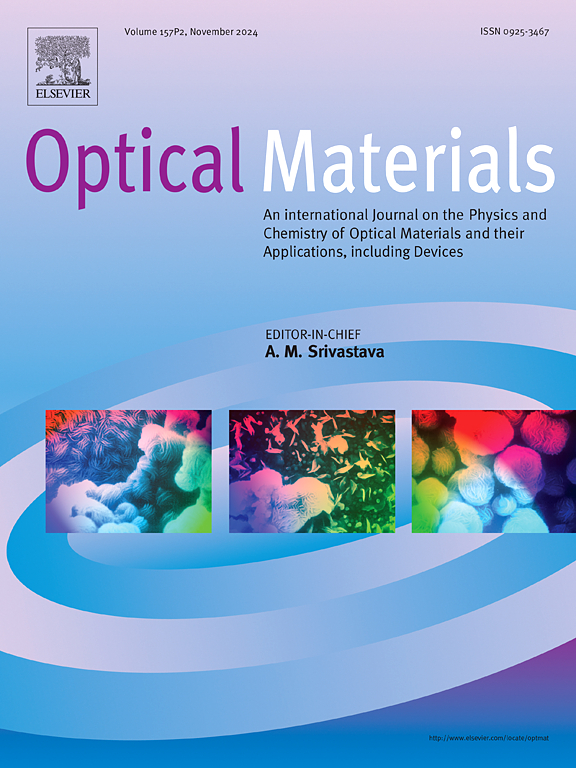A novel approach for nanometer-scale patterning in PDMS: Utilizing micro contact printing for advanced photonic devices
IF 3.8
3区 材料科学
Q2 MATERIALS SCIENCE, MULTIDISCIPLINARY
引用次数: 0
Abstract
Microfabrication with polydimethylsiloxane (PDMS) has been exploited in developing photonic microstructures, offering a unique combination of properties toward advanced photonic devices. We report here a method for one-dimensional control to produce patterns ranging from the micrometer to nanometer scale using PDMS molds. These patterns were created from a commercial CCD array of 4 M pixels through a one-dimensional mechanical process that reduces the distances between microstructures transferred to the elastomer using the micro contact printing (μC) method. The entire process of replicating and compressing structures was analyzed using atomic force microscopy. Compression and replication of the molds resulted in a reduction of the width at half maximum of the microstructure from 1.577 μm to 0.478 μm in one dimension. Diffraction grating effects were observed in the UV–Vis region (300–650 nm) confirming the efficiency of the one-dimensional mechanical compression method. These findings confirm the suitability of this new methodology for creating nanochannels in PDMS molds using the μC technique. The approach can be applied to fabricate optoelectronic devices, for example, by shifting diffraction effects to the UV electromagnetic spectrum.

求助全文
约1分钟内获得全文
求助全文
来源期刊

Optical Materials
工程技术-材料科学:综合
CiteScore
6.60
自引率
12.80%
发文量
1265
审稿时长
38 days
期刊介绍:
Optical Materials has an open access mirror journal Optical Materials: X, sharing the same aims and scope, editorial team, submission system and rigorous peer review.
The purpose of Optical Materials is to provide a means of communication and technology transfer between researchers who are interested in materials for potential device applications. The journal publishes original papers and review articles on the design, synthesis, characterisation and applications of optical materials.
OPTICAL MATERIALS focuses on:
• Optical Properties of Material Systems;
• The Materials Aspects of Optical Phenomena;
• The Materials Aspects of Devices and Applications.
Authors can submit separate research elements describing their data to Data in Brief and methods to Methods X.
 求助内容:
求助内容: 应助结果提醒方式:
应助结果提醒方式:


